
Does the Barrel Twist Rate affect accuracy?
Many of you that are gun geeks understand the basics of rifling can skip this article. This is for the average gun enthusiasts and newbies that enjoy shooting and want a little more understanding of how a barrel twist rate can affect accuracy. So does barrel twist rate affect accuracy on an AR15?
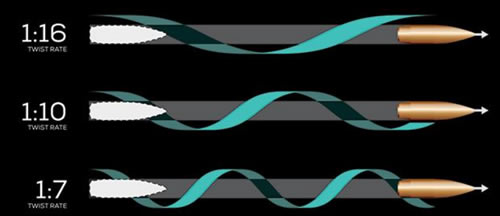
The short technical answer is that barrel twist starts the bullet spinning at a given rate to stabilize the bullet.
The rate has to be constant for the utmost accuracy.
On the opposite end of the spectrum – Decreasing the twist rate will almost certainly result in a dramatic decrease in accuracy.
Another factor is can the wrong weight of the bullet for your twist rate make it fly off into the sunset? It does matter.
Bullet Weight Does Not Dictate Barrel Twist
The first thing that needs to be understood is that bullet weight does not directly have anything to do with what rifle twist you should be using – if its an AR15 barrel chambered in 5.56 NATO.
Lets explain a little further.
The bullet length is what dictates your barrel rifling twist.
A general rule of thumb with weight, is that the longer a bullet is, the heavier it becomes.
Newer types of bullets usually are lead-free designs, some are made of copper and zinc which is very light. So that requires the extra length to achieve the same weight compared to a lead core projectile.
So with a longer bullet that you’re shooting, the faster the rifling twist needs to be to properly stabilize the bullet in flight.
Its important to have great stability because it means great accuracy as well.
What does the barrel twist mean?
The technical definition is that the twist rate refers to the rate of spin in the rifle barrel, and is represented in inches per turn.
It’s important that your barrel has an adequate twist rate to stabilize the bullets you’re shooting.
A barrel that is a 1:10″ twist means that the rifling will spin the bullet one revolution in 10 inches.
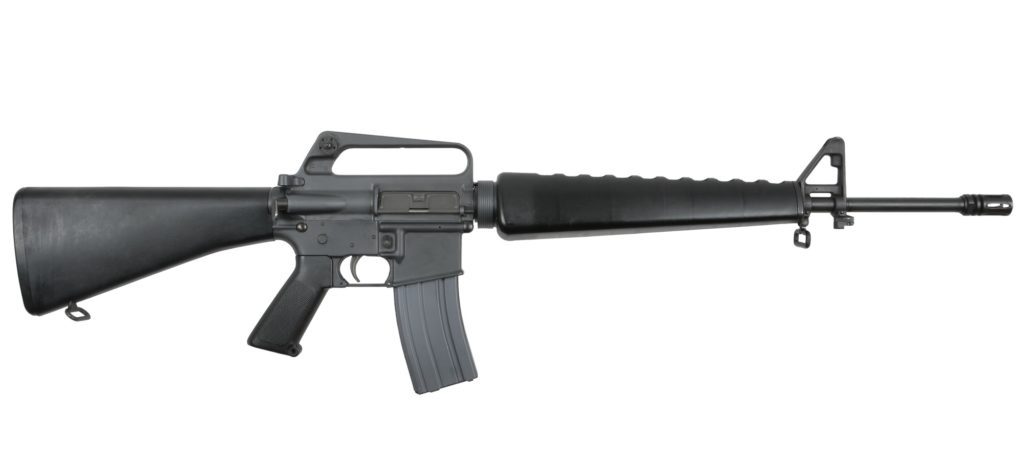
After the adoption of the M16A2, the military started using a 1:7 rifle twist, which was faster. The rifling made a complete revolution within 7″ now instead of 14.” We are talking twice as fast.
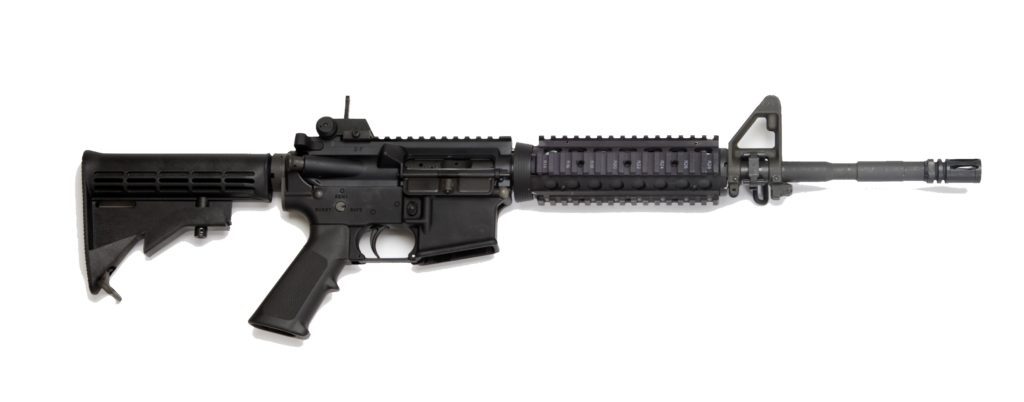
More Info to Digest
Out in the wild world of the grey web, you can run into a lot of bad information on anything. Rifle twist and bullet choice are no different.
When it comes to slower rifle twist, i.e. 1:14, 1:12, 1:9, you really shouldn’t be shooting bullet weights over 65 grains or the equivalent length for a 65-grain bullet. It won’t damage your rifle, but you will have very poor accuracy.
Some shooters are greedy and they want a barrel twist that can excel with the heavier 77 grain or 85-grain loads, but at the same time to be able to smoke some woodchucks or prairie dogs. In other words they would like a 40-grain bullet to shoot accurately?
So this is a common question. Can you “over-stabilize” a lighter bullet with too fast of a rifling twist?
The quick answer is that an over-stabilized bullet is not conducive to accuracy, but it is only noticeable in extreme cases of over-stabilization and at very long range. You’d never notice it at hunting distances.
While in-flight the bullet travels along its downward arc with its tip pointing skyward, exacerbating wind drift and hastening velocity loss.
Ideally, the tip of a properly stabilized bullet should tip downward as the bullet begins its downward arc.
It is true that heavier, longer bullets in the 69-85 grain flavors like faster rifle twists of 1:8, or 1:7.
Shooting for Results
Here’s an experiment that was run by K Whitmore a gun enthusiasts and editor, he was trying to see if the AR barrel twist rate really matter, his approach is on a practical level but not scientific, here’s his take on this:
I decided to run through a little experiment with multiple loads of .223 Remington and 5.56 NATO. Ten different loads to be exact. And to make this even more scientific, I did it with two different rifles that both have a 1:7 rifle twist.
The first rifle that I tested is a home-rolled rifle that utilizes a Radical Barrels, LLC 20″ 416R stainless barrel.
The optic on this rifle is an ACME Machine 6-24x50mm FFP TR-MOA. For the price, it is hard to beat for a first-focal-plane optic.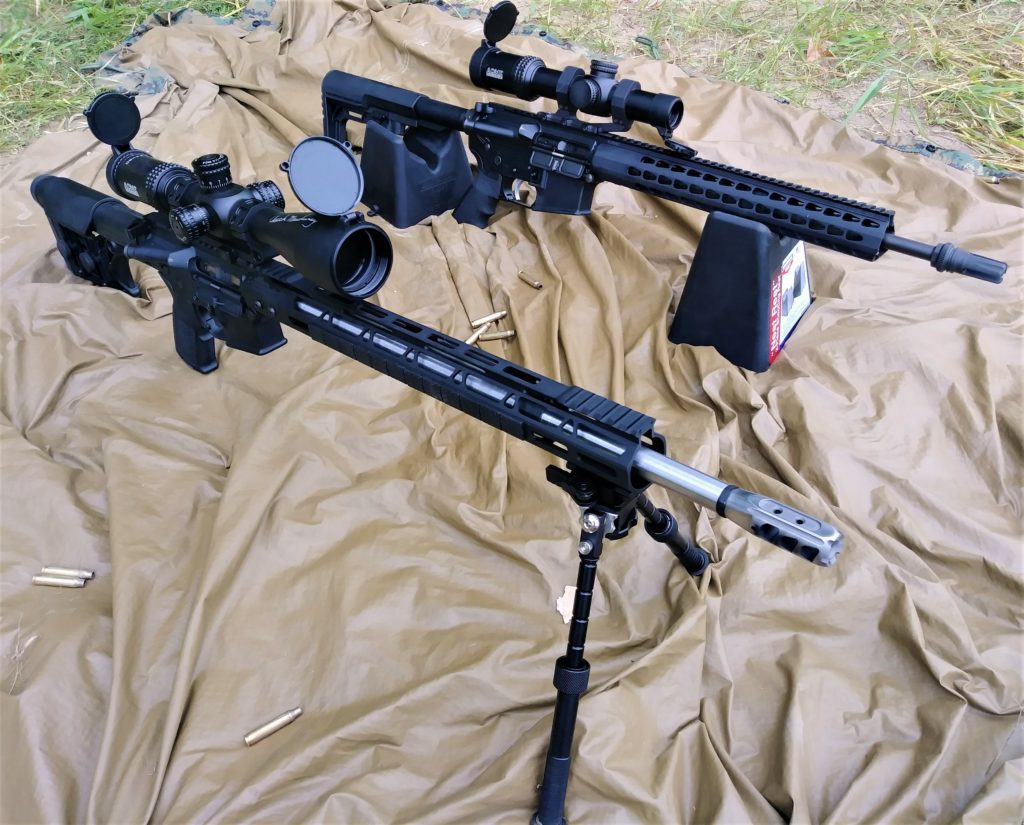
The second rifle is a factory Bushmaster Minimalist that Remington had me use on a hog hunt down in Texas at the Spike Box Ranch.
The only thing I added to this rifle was an ACME Machine 1-8x28mm FFP low-powered variable optic.
Here’s the ten different bullets from the lightest grain to heaviest shot:
-Hornady 40 Grain V-Max
-Winchester 45 Grain JHP
-Federal 50 Grain JHP (Varming & Predator)
-Remington UMC 50 Grain JHP
-Tul-Ammo 55 grain FMJ
-Barnes 55 Grain TSX
-Remington 55 Grain PSP
-Barnes 62 Grain TSX
-IMI 77 Grain OTM Razorcore
-Barnes 85 Grain OTM
Results
With ten different loads, all varying from the lightest/shortest to the heaviest/longest projectile that will fit inside the mag well of an AR15, I went about firing 3 round groups with each load at 100 yards to test how well each bullet would do.
I fully understand that some purists may be wringing their hands in the air because I did not do 5 shot groups. I get it. When I really test accuracy for a specific load, I fire 5-10 round groups to really see its potential.
While this isn’t a comprehensive accuracy test for each load, this test shows a good representation of the accuracy potential for each load out of a 1:7 rifle twist barrel.
As you can see from the included photos, there was absolutely no loss of accuracy from an “over-stabilized” lighter/shorter bullet.
Both rifles tend to shoot roughly the same point of impact, varying across the whole spectrum of bullet lengths and weights at 100 yards.
Some conventional “wisdom” would dictate that my accuracy should have suffered greatly with the shorter/lighter bullets with a faster 1:7 rifle twist or worst case scenario tumble through the air and keyhole the target. This just isn’t the case.
But then again shooting at 100 yards isn’t the same as shooting out to 400-600 yards.
Within the normal ranges that most shooters fire their rifles, bullet length and twist should not be a concern if you have a faster 1:7 rifle twist.
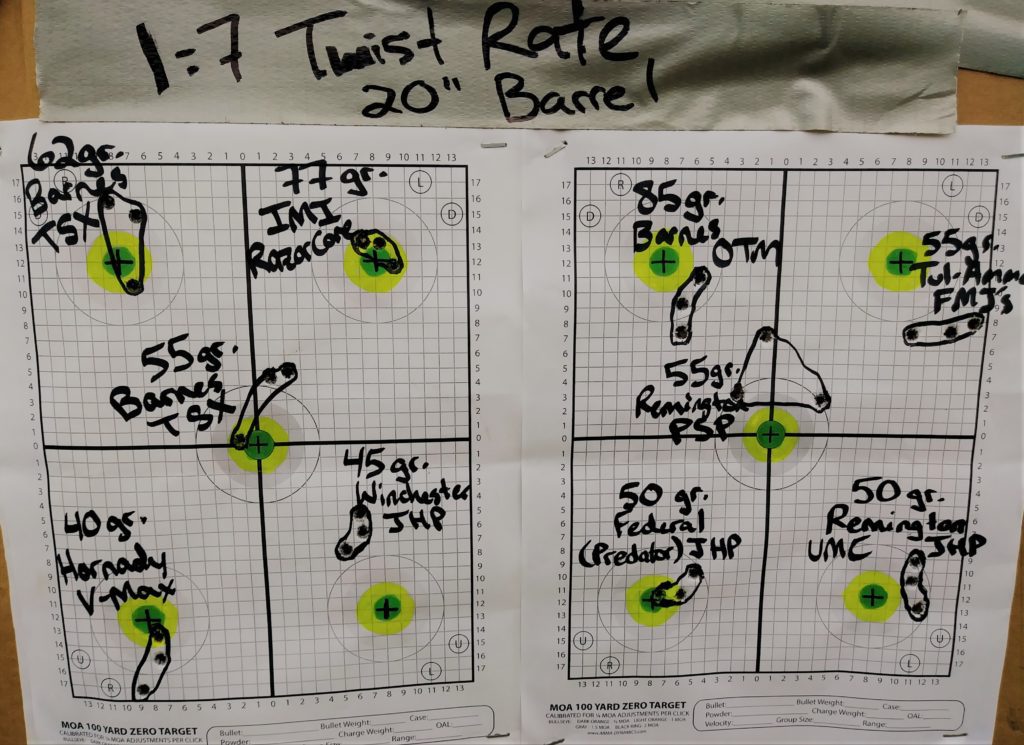
What should be a concern though, is feeding your rifle quality ammunition, and making sure your barrel is of good quality if you are striving for accuracy. Ultimately, that is the deciding factor of accuracy when using a 1:7 rifle twist.
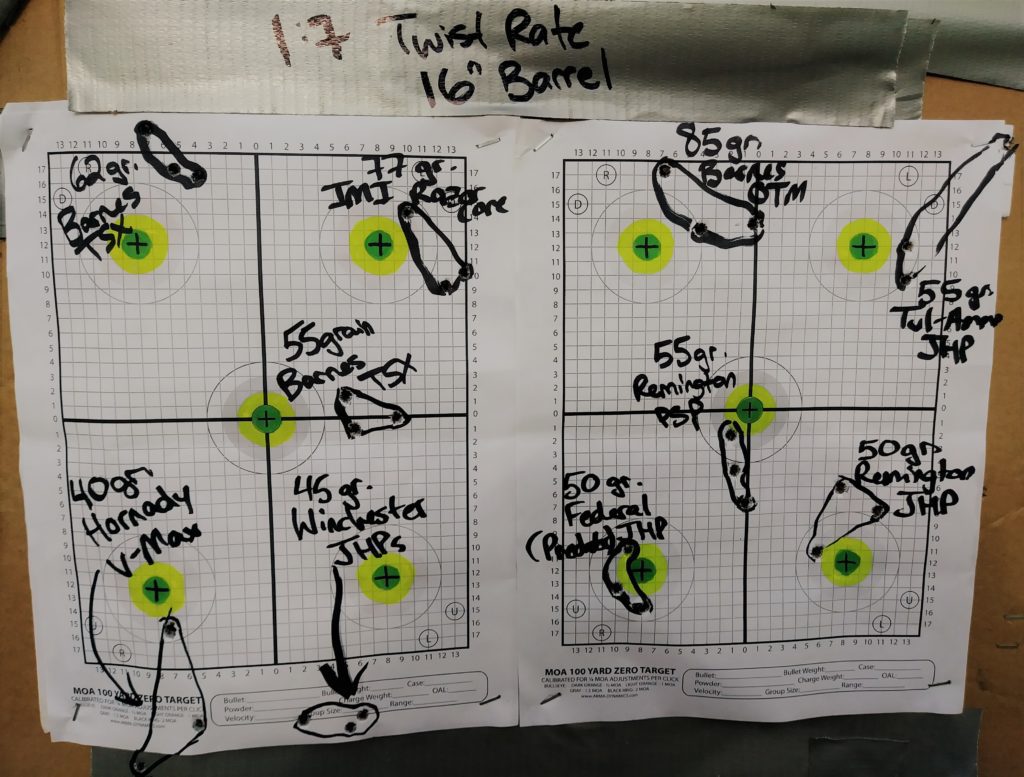
Final Thoughts
If you’re fairly new to shooting and just getting into long range shooting. Keep things simple so that its easy to understand.
For example from K Whitworth’s test you could say:
With a 1:7 rifle twist, shooting quality ammo, you can go as light as you would like with commercially available ammunition.
About that “over-stabilization” you can bring have more issues at longer ranges.
But why would you honestly shoot a 40-grain projectile past 300 yards? If you are actually trying for accuracy at extended ranges of 300-700 yards, a 69-85 grain bullet is much better suited for that.
If you’re on a budget and you want up-close shooting that is within 300 yards, use bulk 55 grain M193 with a quality barrel.
It’s easy to get swept up in trying to figure out the “perfect” twist rate. But the fact of the matter is that getting it down to the minute degree, for the casual shooter, is largely a theoretical exercise.
If you’re contemplating the rate of twist for your next custom build, I suggest you save yourself the aggravation and ask your gunsmith what he suggests for the bullets you plan to shoot.
That way, you end up with a rifle that shoots a variety of loads well, rather than a fickle rig you’ll give up on.
We obviously didn’t cover all the different types of rifles, this was mainly on the AR.
So for an AR for simplicity stick with a 1:7 rifle twist.
Let us know what you think below in the comments.
Some other recommendations from ClearAdvantageTV1:9 40-62 grain Shorter lighter bullets
1:8 55-75 grain
1:7 62-77 grain bullets
Sources: K Whitmore (photos)
